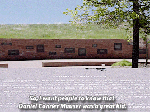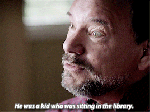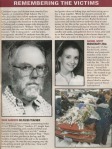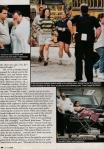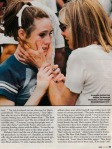The result of Eric and Dylans massacre on their school
Columbine fire department video part 2
Cafeteria, library, hallways etc.
Beware: This video may cause emotional responses and such, as it contains blood and not very nice images.
aftermath
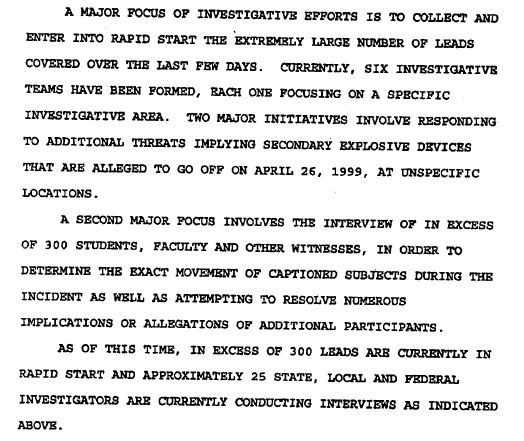
FBI documentation regarding Columbine’s aftermath, in which can be seen what the major focuses of their investigation were. Interesting to note is that there were additional threats regarding a potential bombing on April 26, 1999, that they were investigating at the time. There are almost no indications of this in media reports from that period, however, so it’s likely that this threat was kept under wraps.
However, the choice of the term “secondary explosive devices” is rather odd. At a site like Columbine, the bombs in their cars would have been categorised as secondary explosive devices. Secondary explosive devices are primarily used on-scene of an attack to injure/kill emergency responders. They’re not the main focus of the attack, but exist to further confuse and harm people on-scene. Whatever was designed to occur on April 26, these secondary explosive devices mentioned might only be a small part of it.
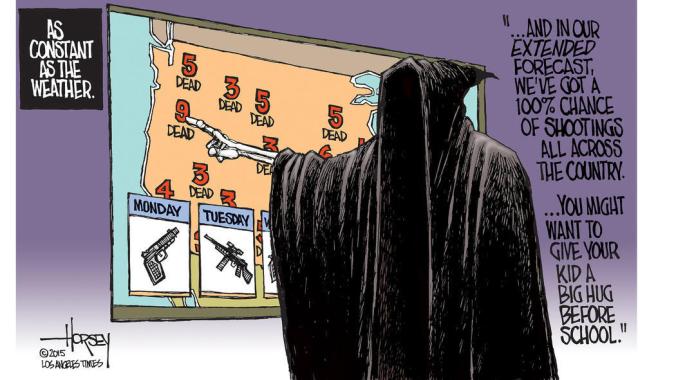
Law enforcement experts repeatedly told the Commission that Columbine “had broken the mold”; police training of forty years’ duration covering law enforcement response to instances of violence, particularly by SWAT teams and other special intervention units, was demonstratedly inadequate for incidents like that at Columbine High School. Before Columbine, police response to situations involving deadly force centred almost exclusively on SWAT teams. Those teams clearly did not function expeditiously under the circumstances at Columbine High School and as they were intended to do. The first problem was encountered in the relationship between first responders on the scene and the SWAT teams.
The police responding to the emergency created their security perimeter around the school because entry into the school was to be carried out by SWAT teams. The task of the SWAT teams entering Columbine High School was greatly complicated by their almost total want of knowledge about the building’s layout. Many members of the teams were from police agencies outside of Littleton or Jefferson County. Hence, their knowledge about the building’s interior was limited to hasty sketches drawn for them by local officers.
Police entry into the building was greatly complicated by difficulty in maintaining radio and visual communications among members of SWAT teams and especially from SWAT teams in the school to the command center. Entries into the school and the evacuation of students who’d been hiding in the building took place amid smoke and ear-splitting noise and, in the cafeteria area, in ankle-deep water.
The difficulty logistics of communication aside, police at Columbine High School only had very imperfect information about the actual circumstances of events. This includes reports of additional perpetrators, the taking of hostages, and the flight of the perpetrators. This, too, made the task of entering and securing the building extremely difficult.
The above information is taken from the Report of Governor Bill Owens’ Columbine Review Commission. It’s one of several reports centering around the circumstances law enforcement encountered at Columbine and the examination of how events like these can and must change law enforcement’s response to these types of tragic mass shootings. Since Columbine, law enforcement has overhauled its entire protocol system for mass shootings and active shooter scenarios in public spaces. Mistakes that were made on-scene were learned from: no more hasty sketches of the building’s inside landscape, for instance, but blueprints of the building!
A lot of the time, school shooting preventions rely entirely on these types of protocols. School resource officers are trained to handle active shooter events and warrant the security of this public space. One report detailing 2013 mass shooter events has a nice little how-to at the back of it that tells public spaces which protocols to put in place and how to train one’s staff in upholding these protocols. Very little attention is actually given to the core business of mass shootings: addressing mental and emotional wellbeing of those attending this public space should be on everyone’s agenda, but is often sidelined into footnotes in reports like these unless they speak about the post-shooting psychological aid that should be given to all survivors and families! One cannot help but feel, upon reading those reports, that the cartoon depicted above will continue to remain relevant.
One thing often forgotten about Columbine is the impact it also had on law enforcement personnel and first responders on-scene. In their own sections of the evidence, some of them give an actual voice to the frustrations they felt while on-scene at the school. From a seasoned SWAT officer struggling with what the kids in the library must’ve experienced to a firefighter’s and paramedic’s sense of helplessness..
To me, the lines that stands out the most from this are “the last thing anyone on my crew wanted to do was go home” and “we wanted to stay and help”. This is what encompasses the true professionals working on behalf of everyone inside and around that school that day: the compassion and heart to help and support wherever necessary.

Mourners pray for victims of the Columbine High School shooting spree on the front lawn of the school Wednesday, April 21, 1999, in Littleton, Colo.
The hell that Eric and Dylan would create at my high school that day would go on to haunt their families, the families of the victims, and parents and students throughout our community and the world. It would destroy my life, as comments from the sheriff would lead to accusations that I was somehow involved in the plot.
Worst of all, it left me struggling with the knowledge that not only were my classmates dead, they had been murdered by one friend I’d known since childhood and another who had let me walk away only a few minutes beforehand. And I would never be able to ask them why.

